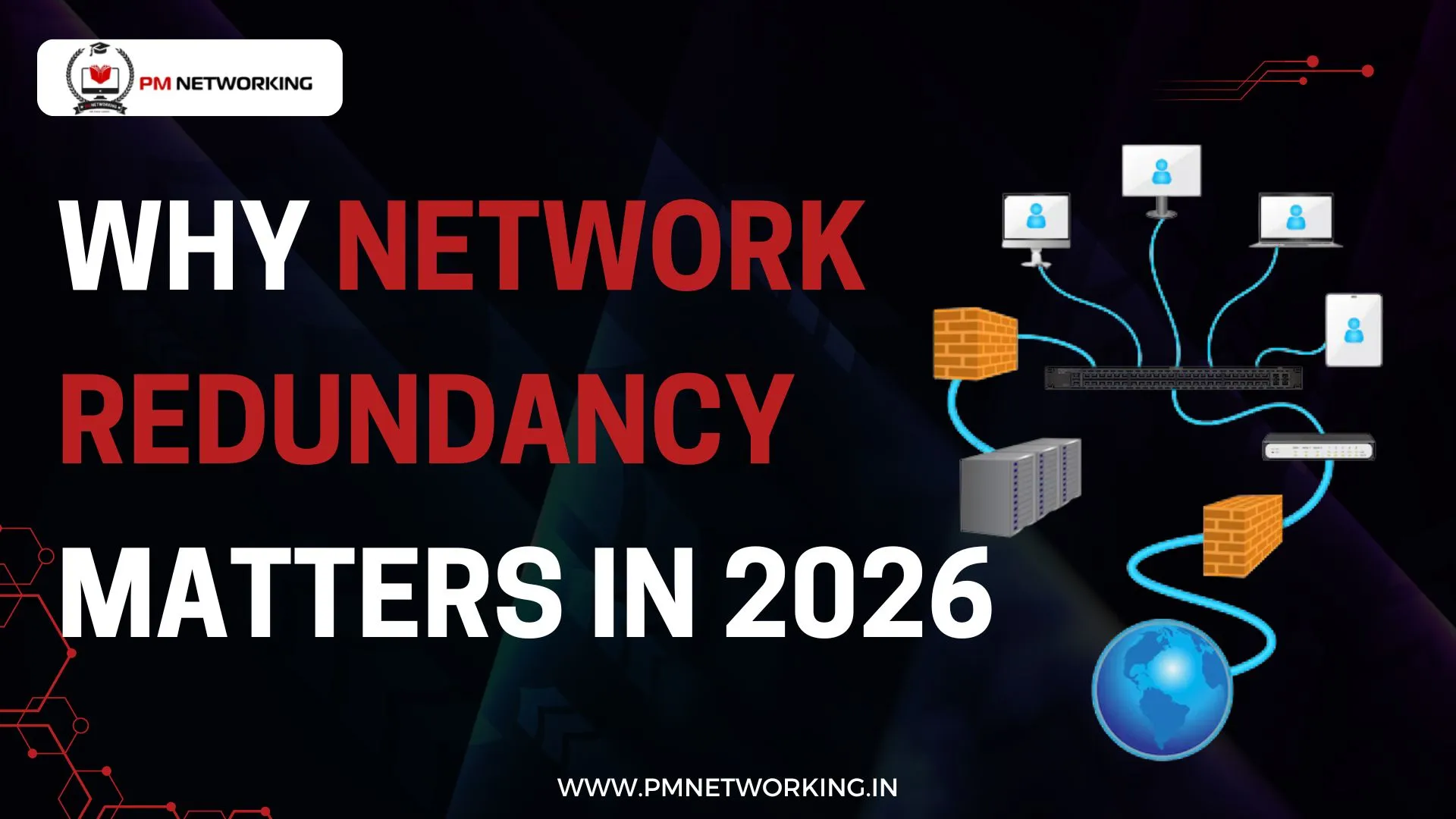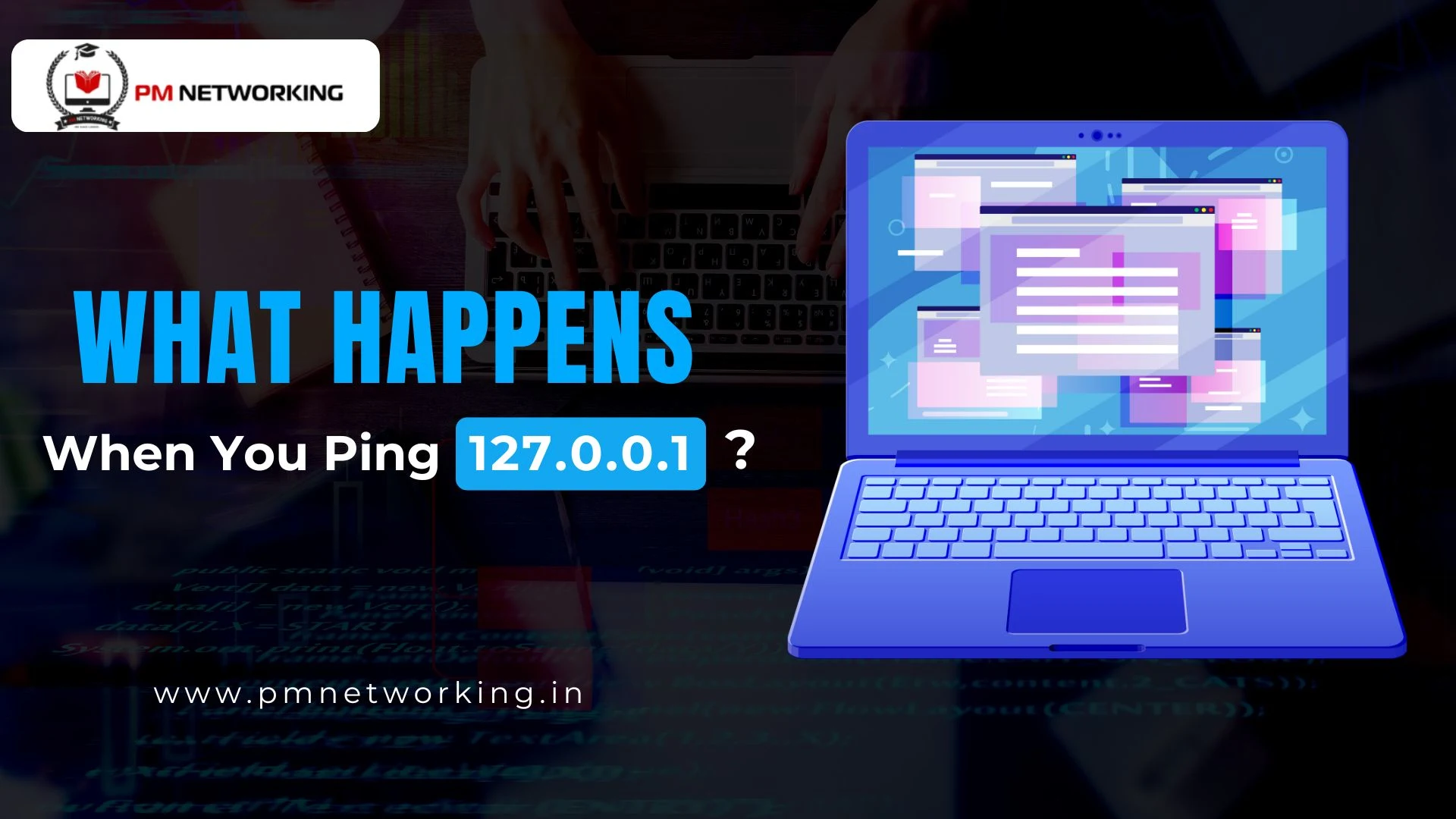
Have you ever thought about how your computer or phone gets an IP address when you connect to Wi-Fi? It’s a common question! Behind the scenes, there is a smart process that makes this happen automatically. This process is called the DORA process, and it’s a part of something known as DHCP.
In this article, we are going to break down the DORA process in DHCP in a straightforward way, including examples. At the end, you will know exactly what is going on when your device connects to a network.
What Is DHCP?
Before we get into DORA, let’s first understand what DHCP is.
DHCP stands for Dynamic Host Configuration Protocol. It’s a method within networks to automatically provision IP addresses and other settings to devices including computers, phones, and printers.
Imagine you walk into a room and need a chair to sit on. Instead of looking for a chair yourself, someone gives you one. DHCP works the same way—it gives your device a “seat” (an IP address) so it can join the network without any manual setup.
What Is the DORA Process?
So, what is the DORA process? The DORA process is how your device requests and receives an IP address from the DHCP server.
The DORA full form in DHCP is:
- D – Discover
- O – Offer
- R – Request
- A – Acknowledge
We will look at these four steps one at a time. This is the process in which your device and the DHCP server communicate with each other to configure these details.
Step-by-Step: DORA Process in DHCP
1. Discover – “Is There a DHCP Server Out There?”
When you connect a device to a network, you have not provided it with an IP address yet. So the first thing that happens is that it sends out a Discover message. The device is basically yelling, “Hey! Is there a DHCP Server out there that can help me?”
- This message goes to everyone on the network (this is called a broadcast).
- The device uses 0.0.0.0 as the source IP (since it doesn’t have one).
- It sends the message to 255.255.255.255 (which means all devices on the network).
This step helps the device find where the DHCP server is.
2. Offer – “Yes! I Have an IP Address for You”
If a DHCP server receives the Discover message, it replies with an Offer. This is like the server saying, “Yes! I found you. Here’s an IP address you can use!”
- This Offer includes an IP address and other info like subnet mask and lease time (how long the IP can be used).
- This message also uses a broadcast address so the device can receive it.
- However, at a lower level (called the data link layer), the message is sent directly to the device’s MAC address (this is called unicast).
So now, the device knows that someone is offering help.
3. Request – “I’d Like to Use That IP Address, Please”
After the device has received the Offer, it sends back a Request message. This would be like saying, “Thanks for the offer, I accept!”
- The device sends this message to let the server know it wants to use the IP address that was offered.
- Again, this message is a broadcast. That way, if there were multiple DHCP servers offering addresses, they all know the device chose just one.
At this point, the device is basically reserving the IP address.
4. Acknowledge – “You Got It! Go Ahead and Use It”
For the final step in the process, the DHCP server will send an Acknowledge message. This acknowledges the request and authorizes the device to use the IP Address.
- The message includes the IP address and other settings like gateway and DNS.
- This is also a broadcast at the network layer, but a unicast at the data link layer.
After this step, your device has everything it needs to start using the network!
Why Is the DORA Process Important?
Without the DORA process in DHCP, we would be required to manually configure IP addresses for every individual device. This would be a challenge in a home, a lot of trouble in an office, and a nightmare in a large business with hundreds of devices connected.
With the DORA process, all this takes place automatically and in seconds. You connect a new device, you are done—no technical ability or troubleshooting experience is needed.
Real-Life Example of the DORA Process

Let’s say you bring a new laptop to work. Here’s what happens:
- You switch it on and connect to the Wi-Fi in the office.
- The laptop broadcasts a Discover message: “Is There any DHCP server?”
- The office DHCP server responds with an Offer: “You can use this IP address.”.
- The laptop makes a Request: Yes, I would like to use that address.
- The DHCP server responds with an Acknowledge: It is all right. It can be used!
And just like that, your laptop is on the network.
Quick Recap of Message Types in the DORA Process
| Step | Network Layer | Data Link Layer |
| Discover | Broadcast | Broadcast |
| Offer | Broadcast | Unicast |
| Request | Broadcast | Unicast |
| Acknowledge | Broadcast | Unicast |
Final Thoughts
Now you know the answer to questions like:
- What is DORA process in DHCP?
- What is DORA process used for?
- What is the DORA process full form?
- What is DORA full form in DHCP?
The DORA process may seem technical, but it is simply a smart and automated way of connecting devices to networks without all of the headaches. Whether at home or in a big enterprise, DORA keeps everything going in the background.
So the next time you connect to Wi-Fi immediately on your phone, remember – it’s the DORA process in DHCP quietly doing its thing.







0 Comments